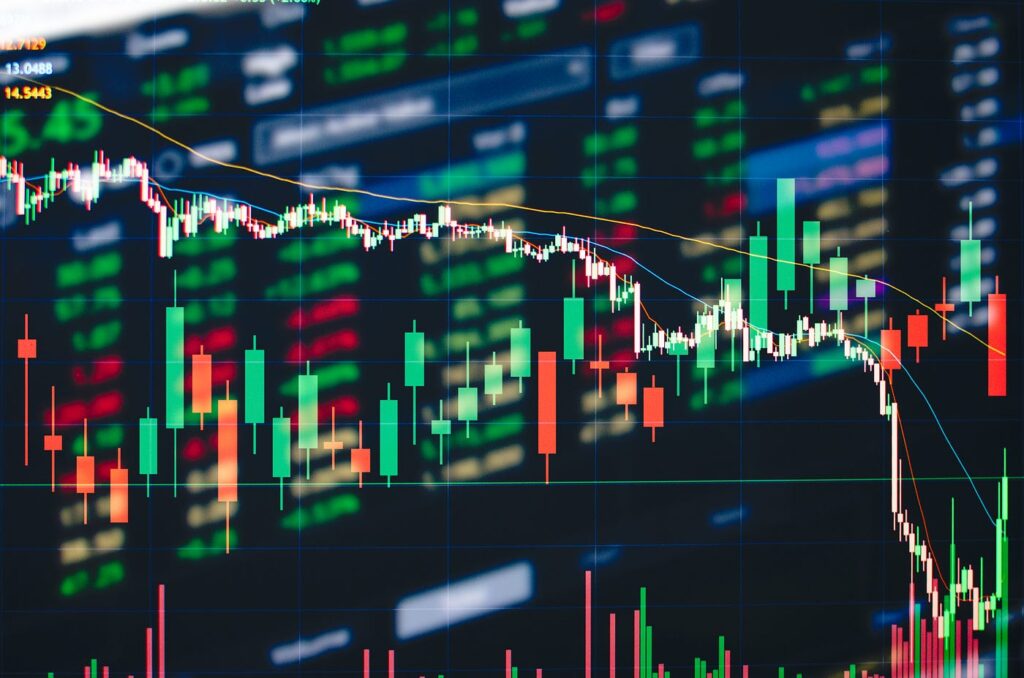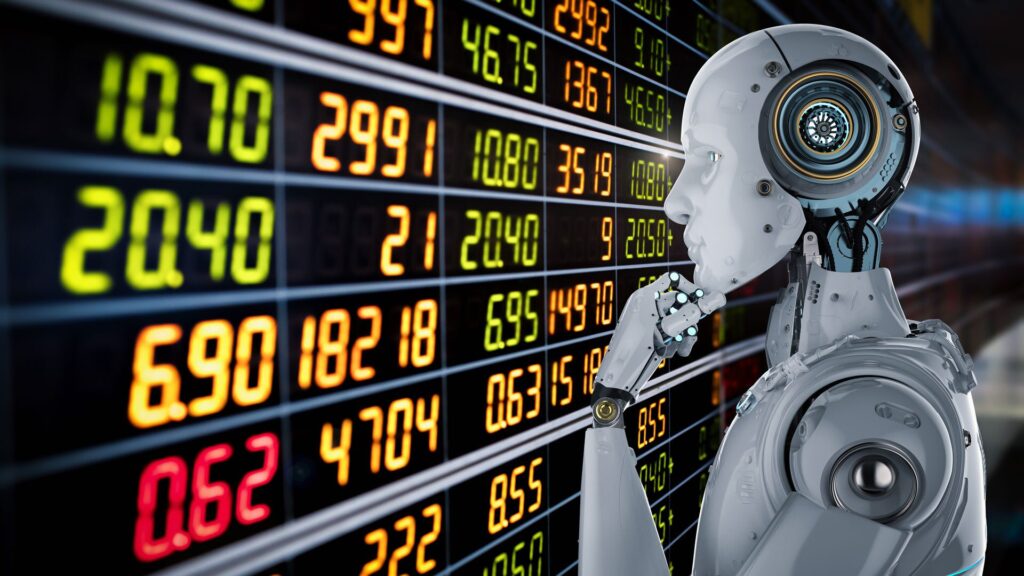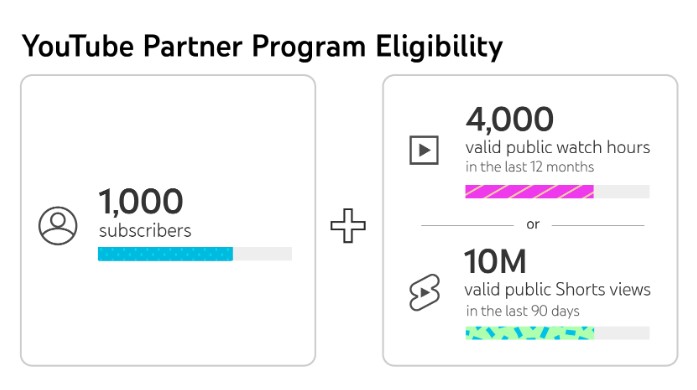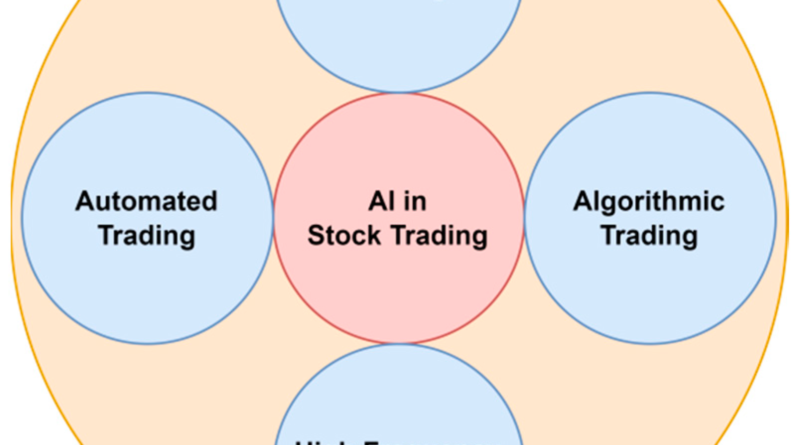
Table of Contents
Introduction
Automated Trading with AI is a revolutionary approach to maximizing profits and generating passive income. This powerful combination of technology and artificial intelligence has transformed the way people invest in the financial markets. In this article, I will provide an overview of automated trading and explain the role of AI in this process.
Defining automated trading
Automated trading, also known as algorithmic trading, is the practice of using computer programs to execute trades in the financial markets. These programs are designed to follow pre-defined trading strategies and execute trades based on predetermined criteria. This eliminates the need for manual intervention, allowing trades to be executed faster and more efficiently.
The role of AI in automated trading
Artificial intelligence plays a crucial role in automated trading. By analyzing vast amounts of data and identifying patterns and trends, AI algorithms can make predictions about future market movements. These algorithms can adapt and improve over time, continuously learning from new data and refining their strategies.
AI also enables automated trading systems to make split-second decisions based on real-time market information. This speed and accuracy give traders a significant advantage in today’s fast-paced markets, where every second counts.
In the following sections, I will delve deeper into the benefits of automated trading with AI and explore various strategies and technologies that can help maximize profits in the financial markets.

Benefits of Automated Trading with AI
Increased efficiency
One of the key benefits of utilizing automated trading with AI is the increased efficiency it provides. Unlike manual trading, which requires constant monitoring and execution of trades, automated trading systems powered by AI technology can analyze market trends, identify profitable opportunities, and execute trades on my behalf without any manual intervention. This eliminates the need for me to monitor the market constantly and allows me to maximize my profits while minimizing the time and effort spent on trading activities.
Minimized human error
Another advantage of automated trading with AI is the minimization of human error. Emotions and cognitive biases can sometimes cloud my judgment when making trading decisions, leading to costly mistakes. By utilizing AI-powered trading systems, I can eliminate these human errors and rely on objective and data-driven analysis for making trading decisions. This not only reduces the risk of losses but also increases the probability of making profitable trades consistently.
24/7 trading
Automated trading with AI also enables me to take advantage of trading opportunities around the clock. Traditional trading methods are limited by the availability and capacity of human traders. However, with AI-powered automated trading systems, trades can be executed 24/7 without the need for continuous human supervision. This ensures that I never miss out on potential profit-making opportunities, even while I am asleep or away from my trading station.
Objective decision-making
AI technology in automated trading systems ensures that decisions are made objectively based on predetermined criteria and analysis of historical data. Emotion-driven decisions are eliminated, as AI algorithms can analyze vast amounts of data and make rational trading decisions without being influenced by fear or greed. This objective decision-making process increases the likelihood of making profitable trades consistently and minimizes the potential impact of impulsive and irrational decisions.
automated trading with AI offers several benefits, including increased efficiency, minimized human error, 24/7 trading opportunities, and objective decision-making. By harnessing the power of AI technology, I can maximize my profits and generate passive income through automated trading systems.

Choosing the Right AI Trading System
In today’s fast-paced world, maximizing profits and generating passive income have become essential goals for many individuals. One effective method to achieve these objectives is by leveraging the power of Artificial Intelligence (AI) in automated trading. With AI, I can make informed and strategic decisions based on complex data analysis, leading to potentially higher returns. However, choosing the right AI trading system is crucial for success in this competitive field.
Understanding different AI technologies
AI trading systems utilize various technologies, such as machine learning and deep learning algorithms, to analyze market data and forecast trends. Machine learning algorithms, for instance, can identify patterns and make predictions based on historical data. On the other hand, deep learning algorithms can process large amounts of unstructured data, providing valuable insights and improving accuracy.
Evaluating performance metrics
When selecting an AI trading system, it is essential to evaluate its performance metrics. Key metrics to consider include the system’s accuracy, profitability, and risk-adjusted measures. By thoroughly analyzing these metrics, I can ensure that the chosen AI trading system aligns with my financial goals and objectives.
Considering risk management strategies
Successful trading involves not only maximizing profits but also managing risks effectively. Therefore, it is vital to choose an AI trading system that incorporates robust risk management strategies. These strategies may include stop-loss orders, diversification, and position-sizing techniques, minimizing potential losses and protecting my investment.
By understanding different AI technologies, evaluating performance metrics, and considering risk management strategies, I can confidently select the right AI trading system. With careful analysis and research, I can maximize profits and achieve my financial goals through automated trading with AI.

Implementing AI-Based Strategies
Identifying profitable trading opportunities
In today’s fast-paced financial markets, it is crucial to leverage cutting-edge technologies to stay ahead of the pack and maximize profits. This is where automated trading with AI comes into play. By utilizing the power of artificial intelligence, I am able to identify profitable trading opportunities with ease.
One of the key advantages of AI-based strategies is their ability to analyze massive amounts of data in real-time and spot patterns that might otherwise go unnoticed. With AI algorithms constantly scanning the markets, I am able to identify potential entry and exit points, as well as predict trends and price movements more accurately.
Building robust trading algorithms
To fully capitalize on AI’s potential, it is essential to develop robust trading algorithms. These algorithms serve as the backbone of automated trading systems, guiding decision-making processes based on predefined rules and indicators. By carefully designing these algorithms, I can create trading strategies that align with my risk tolerance and investment goals.
Optimizing AI models for specific markets
Every market has its unique characteristics and nuances, and optimizing AI models to suit specific markets is key to maximizing profits. By fine-tuning these models, I can adapt to market conditions and capture opportunities that align with each market’s dynamics. This customization ensures that I can extract maximum value from AI-based strategies and target specific assets or sectors where the potential for profit is high.
by implementing AI-based strategies, I can identify profitable trading opportunities, build robust trading algorithms, and optimize AI models for specific markets. This powerful combination enables me to stay ahead of the curve and ultimately maximize my profits in the ever-evolving world of automated trading with AI.
Integration and Automation
Automated trading with AI has revolutionized the way investors can maximize profits and generate passive income. By harnessing the power of artificial intelligence, traders can now make data-driven decisions and execute trades with exceptional speed and precision. To truly unlock the potential of automated trading, proper integration and automation are key factors that need to be considered.
Selecting the right trading platform
Choosing the appropriate trading platform is paramount for successful automated trading. Look for a platform that not only supports AI integration but also offers a user-friendly interface and robust features. Do thorough research, read reviews, and consider the platform’s compatibility with various AI algorithms.
Streamlining data feeds and APIs
Efficiently gathering and processing market data is essential to make informed trading decisions. Identify reliable data feeds and ensure seamless integration with your trading platform through Application Programming Interfaces (APIs). This will enable you to access real-time market data effortlessly, ensuring accurate analysis and optimizing trading outcomes.
Implementing real-time trade execution
Automated trading is all about speed and precision. Implementing real-time trade execution capabilities is crucial to capitalize on market opportunities as they arise. Select a trading platform that can swiftly execute trades based on your AI models, ensuring minimal delays and maximizing profit potential.
By following these integration and automation strategies, you can enhance the performance of your AI-driven automated trading system. So, get started today and unlock the full potential of maximizing your profits with automated trading and AI.
Challenges and Risks
Overfitting and data biases
One of the main challenges in automated trading with AI is the risk of overfitting and data biases. AI models are trained on historical data to identify patterns and make predictions. However, if the model is overly optimized to fit the training data, it may fail to generalize well to unseen data, leading to poor performance in live trading. Moreover, data biases can emerge if the training data is not representative of future market conditions or if it contains inaccurate or biased information. These challenges require careful selection of training data, rigorous model validation, and ongoing monitoring to ensure the AI system performs effectively in real-world trading scenarios.
Cybersecurity risks
Another significant concern in automated trading with AI is the potential for cybersecurity risks. As AI systems rely on vast amounts of sensitive financial data, they become attractive targets for hackers. Cyber attacks can result in the theft of valuable trading strategies, manipulations in trading algorithms, or unauthorized access to trade execution systems. Robust security measures, including encryption protocols, firewalls, and intrusion detection systems, are essential to safeguard against potential threats and protect investor assets.
Adapting to market changes
Automated trading with AI also faces the challenge of adapting to rapidly changing market conditions. Financial markets are dynamic and influenced by various factors, including economic news, geopolitical events, and technological advancements. AI models need to be constantly updated and retrained to remain effective in identifying profitable trading opportunities. Additionally, risk management strategies must be in place to mitigate potential losses during market downturns or unexpected volatility.
By understanding and addressing these challenges and risks, automated trading with AI can maximize profits and potentially offer passive income opportunities for investors.

Regulatory Considerations
As much as automated trading with AI is a powerful tool for maximizing profits and generating passive income, it is crucial to navigate the regulatory landscape to ensure compliance with financial regulations and address ethical considerations.
Compliance with financial regulations
When deploying AI for automated trading, it is imperative to adhere to the regulatory framework governing financial markets. This involves understanding and complying with rules such as anti-money laundering (AML), know your customer (KYC), and privacy regulations. By following these guidelines, I can avoid legal repercussions and maintain the trust of regulators and investors.
Ethical considerations of AI in trading
Ethics play a significant role in automated trading with AI. I need to consider factors such as transparency, fairness, and accountability. Transparent AI algorithms can help me understand the decision-making process and ensure fair treatment for all market participants. Additionally, I must be mindful of potential biases in the AI system that could negatively impact certain individuals or groups. As an ethical trader, I must prioritize the responsible use of AI and always aim for fair and unbiased trading practices.
By considering these regulatory and ethical aspects, I can confidently engage in automated trading with AI, maximizing profits while ensuring compliance and upholding ethical standards. Through a combination of sophisticated technology and responsible practices, I can achieve sustainable success in the dynamic world of AI-driven trading.

Conclusion
Realizing the potential of automated trading with AI
In conclusion, the potential of automated trading with AI is immense when it comes to maximizing profits and generating passive income. Through the use of advanced artificial intelligence algorithms and machine learning, traders can leverage the power of technology to make informed decisions and execute trades with precision.
Automated trading systems powered by AI have revolutionized the financial industry by offering unparalleled speed and efficiency. By analyzing vast amounts of data in real-time, these systems can identify profitable trading opportunities and execute trades automatically, eliminating human error and emotion from the equation. This results in higher profitability and more consistent returns over time.
Continuing innovation in AI-driven trading systems
Furthermore, the field of AI-driven trading systems is continuously evolving and improving. As technology advances, these systems become increasingly sophisticated, with more accurate and reliable predictions. Traders can benefit from ongoing innovation in AI-driven trading strategies, algorithms, and risk management techniques.
With the ability to adapt to changing market conditions and learn from past trading experiences, AI-powered systems have the potential to outperform human traders. This opens up opportunities for individuals and businesses to maximize their profits and generate passive income with minimal effort.
In conclusion, automated trading with AI is a game-changer in the financial industry, offering individuals a path to financial independence and wealth. By harnessing the power of technology and leveraging AI’s capabilities, anyone can tap into the vast potential of automated trading to achieve their financial goals.







